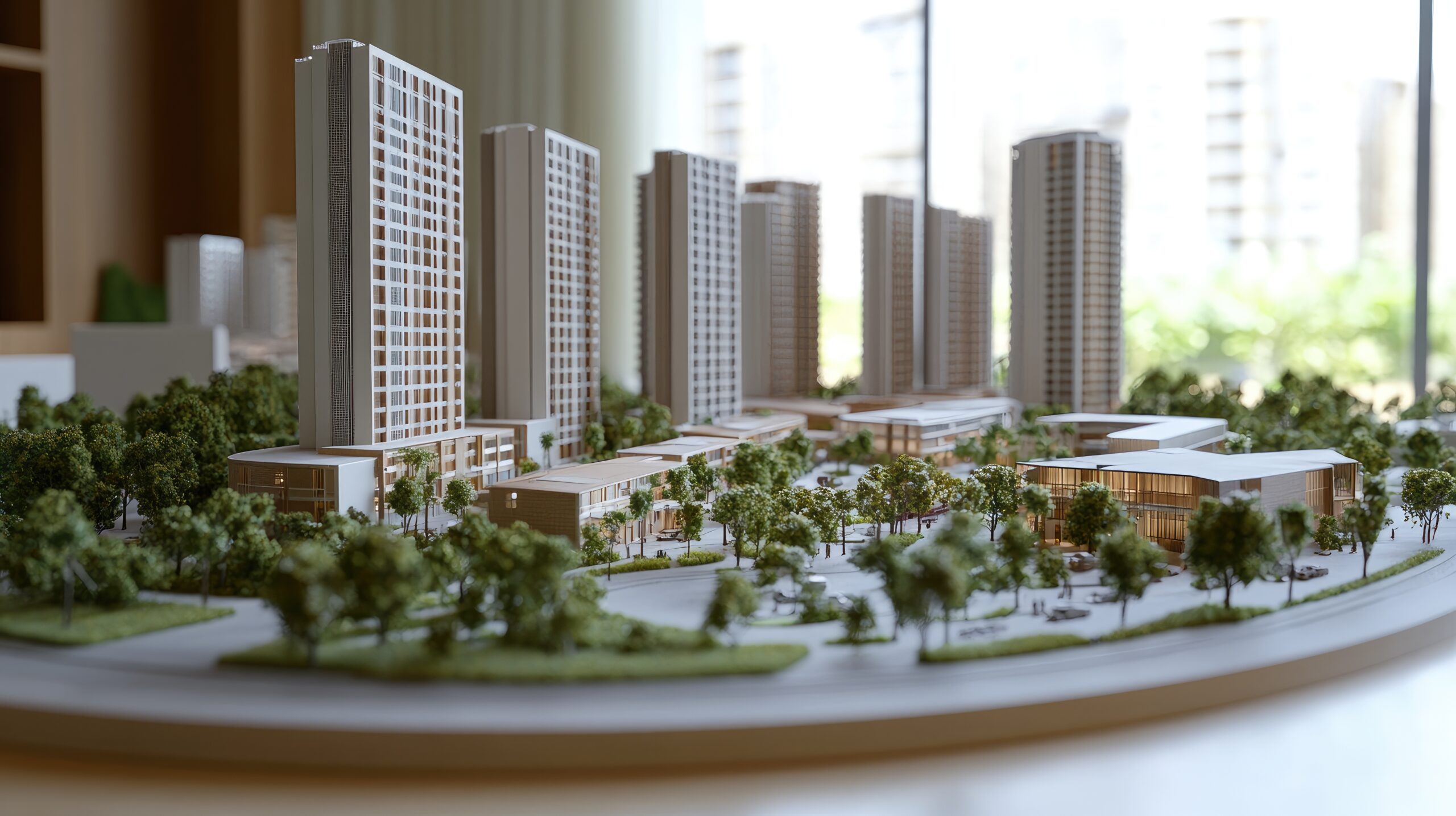As someone who grew up in a community where opportunities were often scarce, I understand the importance of creating environments where people not only live but thrive. After retiring from my career in the NFL, I transitioned into real estate development because I believed that commercial real estate could be a powerful tool to create lasting change in neighborhoods that have been overlooked for too long. It’s this vision of revitalization that drives me every day at Kingsley + Co., the company I founded to focus on bringing new life to areas in need of investment and attention.
The idea behind our work at Kingsley + Co. is not just about constructing buildings; it’s about reshaping communities in ways that allow them to flourish socially, economically, and culturally. One of the most effective ways I believe we can make a meaningful impact is through mixed-use real estate development. When done thoughtfully, mixed-use projects have the potential to provide both immediate and long-term benefits to the neighborhoods they inhabit, transforming them from struggling to thriving.
The Power of Mixed-Use Development
Mixed-use development is about more than just building a space for people to live. It’s about creating a dynamic environment where people can work, shop, eat, and interact in a way that feels organic and interconnected. At its core, mixed-use development combines residential, commercial, and sometimes even cultural or community spaces in one area. This blend of uses encourages foot traffic, supports local businesses, and creates vibrant hubs that attract investment and new opportunities.
One of the most powerful aspects of mixed-use development is its ability to anchor a neighborhood. By providing both affordable and market-rate housing, alongside businesses that cater to local needs, these projects breathe life back into areas that have historically lacked investment. It’s about creating a space where families can not only live but also enjoy the benefits of having everything they need nearby. That could mean having access to groceries, schools, healthcare services, and employment opportunities, all within walking distance.
This is especially crucial in disadvantaged neighborhoods where access to these services can be limited. For residents in these areas, mixed-use development can serve as a stepping stone to greater economic mobility, offering the chance to live and work in the same community. This, in turn, strengthens social bonds and fosters a sense of pride in one’s neighborhood.
Revitalizing Communities, Not Just Buildings
When I think about real estate development, I don’t just think about the buildings we construct or the projects we complete. What truly matters to me is the people who live and work in these spaces. Real estate development, when done correctly, can transform not just a physical landscape, but the entire social fabric of a neighborhood.
Many of the neighborhoods I’ve worked in have faced challenges such as high unemployment, lack of affordable housing, and limited access to quality schools and healthcare. Revitalization, in these cases, goes beyond bricks and mortar. It’s about giving these communities a renewed sense of hope and possibility. It’s about creating environments where local residents have the opportunity to participate in their own economic growth.
For instance, in a mixed-use development, small businesses can thrive alongside new housing options. These businesses could range from family-owned restaurants to locally owned retail shops, providing jobs for residents and supporting the local economy. When these businesses do well, the entire neighborhood benefits. That’s why I believe strongly in the importance of community engagement in every project we undertake. We must listen to the people who live there, understand their needs, and work together to create spaces that serve them. It’s not enough to simply build; we need to build with purpose, creating spaces that reflect the values and needs of the community.
Sustainability in Real Estate Development
Sustainability is another key factor in our approach at Kingsley + Co. We are dedicated to developing properties that not only help revitalize neighborhoods but also contribute to a healthier environment. From energy-efficient building materials to green spaces and public transportation access, sustainability plays a crucial role in how we approach our projects.
When we revitalize a neighborhood, we are not just focusing on immediate gains. We are laying the groundwork for long-term, sustainable growth. This means thinking about the environmental impact of every decision we make, from the design and construction process to the way we manage these spaces once they’re completed.
Green spaces, for example, are an integral part of our mixed-use projects. Not only do they provide a place for residents to relax and enjoy nature, but they also contribute to the overall health and well-being of the community. Sustainable buildings reduce energy consumption and help lower utility costs, making them more affordable for families in the long run.
The Path Forward
Looking ahead, I see enormous potential for mixed-use real estate to continue driving change in communities across the country. We are only beginning to scratch the surface of how this type of development can revitalize neighborhoods and create opportunities for those who have been historically underserved. The key to success, however, is collaboration. We need to work with local governments, nonprofit organizations, and community leaders to ensure that these developments reflect the values and needs of the people who live there.
At Kingsley + Co., we remain committed to building more than just buildings. We are committed to creating communities that provide opportunities for everyone. It’s this mission that continues to fuel our passion for real estate development and motivates us to keep pushing the boundaries of what’s possible.
Ultimately, mixed-use development isn’t just about improving a neighborhood; it’s about creating lasting change that empowers people and transforms lives. By focusing on revitalizing disadvantaged areas with thoughtful, sustainable, and community-driven projects, we can truly make a difference and build a brighter future for all.
